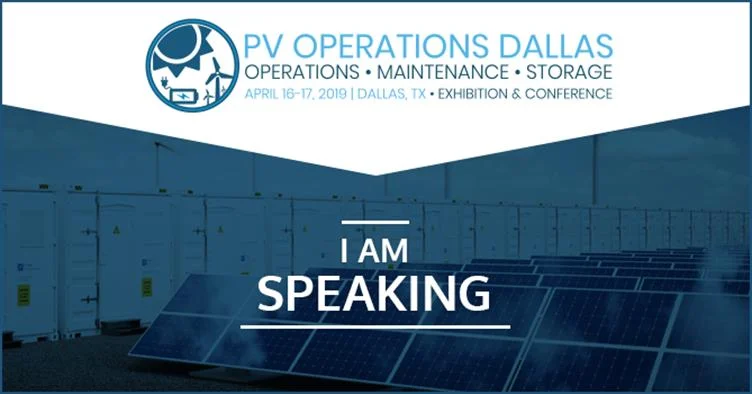For many solar power developers and professionals, a huge focus is placed on the early activities of getting a solar installation up and running. There’s a specific sequence in the state-mandated approval process including site specifications, designs, permit approvals, zoning considerations and so on. However, in that race to get those installations up and running so they can begin monetizing ASAP, key aspects related to the quality and maintainability of that solar asset can be overlooked. These missed items can heavily impact the operations and maintenance (O&M) cost of the solar PV plant over the span of its 20+ year lifetime.
There is limited public data available on the long-term reliability or failure rates of solar equipment or installations. This leads to a situation where most smaller solar developers simply don’t have the time or resources to research the most effective O&M cost minimization techniques or the most reliable, cost-effective designs or equipment. The development and bidding process for solar projects is also extremely price competitive which can make it even harder to plan for high reliability to lower the long-term cost of O&M. Since the costs of solar equipment continue to fall, it becomes difficult to justify further investment into improving the reliability of a solar installation once it’s in operation.
For example, in a typical solar asset it’s expected that around 5-10% of PV panels are either under performing or malfunctioning at any given time. To illustrate this, in Germany this percentage would impact nearly 1.5 - 3.5 GW of Germany’s solar energy capacity. That represents a greater failed capacity amount than all the new installations in 2015 in that country! Clearly, this reliability issue can have a significant impact on how much energy is actually being sent to the grid. It also has a negative impact on the overall long term value of the solar asset itself while possibly violating the terms of whichever PPA’s (Power Purchase Agreements) were negotiated with the installation’s customers.
This topic was a focus at the PV magazine quality round table as part of Intersolar Europe. Solar professionals from around the world listed various reasons that systems fail in operation: module delamination, hotspots ( a particularly big problem that installers request improvements for), severe weather conditions and module defects.
Although PV Operations & Maintenance can be a complex area with a multitude of considerations, industry professionals advise smaller developers to be aware of the following key points for their solar installations:
Careful design of system, focusing on quality and operational reliability
Procurement of equipment with a view to lowering TCO (Total Cost of Ownership) over the long-term instead of lowest immediate cost
Strict Quality Control at Installation
Real-time ongoing monitoring
Intelligent reactive maintenance.
Developers are using a wide range of data and new, sophisticated analytics software to ensure their project parameters are optimized and the RoI for the solar assets are maximized. Early detection and pro-active action is crucial to get ahead of operational failures, and many new technologies and platforms are emerging to assist in these objectives. To learn more, join us in Dallas for the New Energy Update PV Operations and Maintenance conference. Our team members Sameer Sirdeshpande and John Weaver will be there to discuss how using data and having a clear handle on financing of a solar project can optimize your assets’ long term Operations and Maintenance. We hope to see you there! Click on the image below to learn more about the conference.


